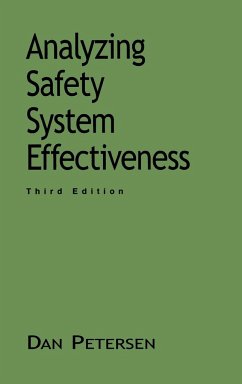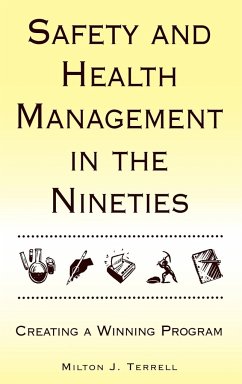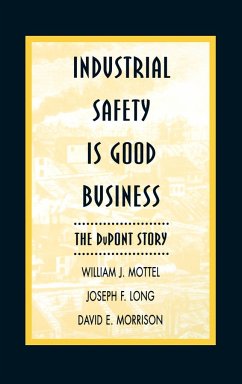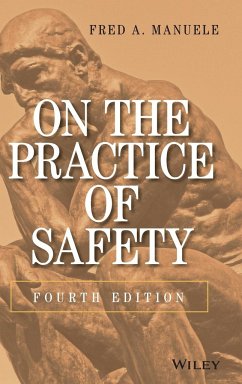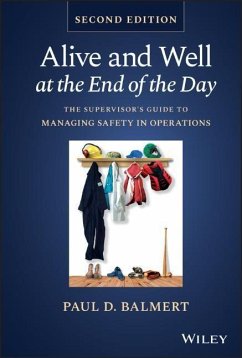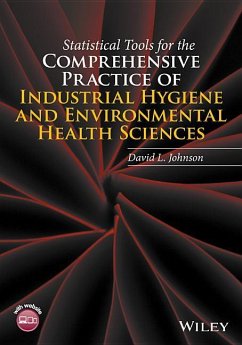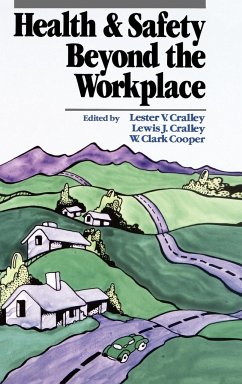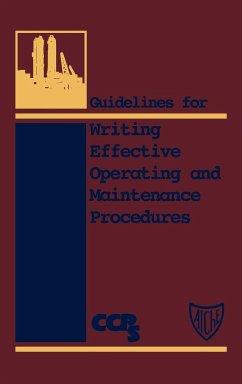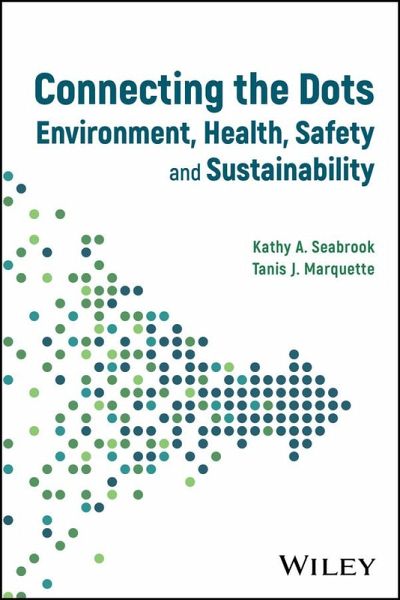
Connecting the Dots
Environment, Health, Safety, and Sustainability
Versandkostenfrei!
Versandfertig in über 4 Wochen
116,99 €
inkl. MwSt.
Weitere Ausgaben:

PAYBACK Punkte
58 °P sammeln!
Understand how Environment, Health & Safety (EHS) and Sustainability are interconnected and take meaningful action Global in scope, Connecting the Dots provides readers with a concise overview of how EHS and Sustainability intersect and offers immediately actionable activities to bring to their organizations in the context of worker safety, health, and wellbeing and environmental management, connecting the dots between the subject and the professional's role. Written with standalone chapters to allow readers to apply relevant topics in situ or in study as needed, each chapter follows a standar...
Understand how Environment, Health & Safety (EHS) and Sustainability are interconnected and take meaningful action Global in scope, Connecting the Dots provides readers with a concise overview of how EHS and Sustainability intersect and offers immediately actionable activities to bring to their organizations in the context of worker safety, health, and wellbeing and environmental management, connecting the dots between the subject and the professional's role. Written with standalone chapters to allow readers to apply relevant topics in situ or in study as needed, each chapter follows a standard format with integrated case studies, examples, and implementation advice. Interviews with leaders in the field and real-world examples of success are included throughout the text to elucidate key concepts. This book is scalable to the size and nature of a company's operations, from a small, medium-sized enterprise to a global multinational company, it is applicable to all professionals in the field from the C-Suite to the front-line worker. The impact pathways in the Value: Creation, Assessment, Valuation and Impact Pathways chapter will be of interest to the finance department, the supply chain in the Stakeholder and Stakeholder mapping chapter will interest the procurement professional, and the sustainability strategy and decision-making roadmap chapter could be a focus for the c-suite and enterprise risk team and applicable to procurement, as well as internal audit, corporate communications, investor relations and others. Written by two veteran industry EHS and sustainability leaders, coverage includes: * Commonalities and differences in the international taxonomy within the EHS and sustainability disciplines, helping bridge reader understanding and communication across their company's stakeholder groups * Integrated business and risk management models related to associated frameworks, standards, assessments, themes, issues, impacts, and materiality * Discipline processes to operationalize concepts, with the better approach of a Future Fit, Sustainability and Business excellence mindset instead of a compliance mindset * Implementation and change management, highlighting important cultural and business considerations Connecting the Dots is an essential guidance and reference resource for all professional readers, no matter where they sit in the value chain or industry sector. The text also serves as an excellent aid for advanced courses on topics such as sustainability and safety, environmental standards, and advanced safety, health and wellbeing management.




